LED Lights Go Mainstream for a Reason: From Luxury Rides to Economy Cars

Considering their prevalence today, it’s easy to forget that just five years ago we saw our first set of LED headlights on a production vehicle. Even back then car makers were putting LEDs on concept cars to dazzle show-goers and catch the eyes of the media. But today, LED (light-emitting diode) lights are no longer isolated to just one-off concepts or premium luxury vehicles.
These days LEDs are quickly becoming an extra stylish addition to cars, like alloy wheels or chrome trim. According to a recent J.D Power and Associates report, LED Headlights are the number one most desired technology for new car buyers, with 70 per cent of respondents in the Automotive Emerging Technologies Study commenting that they are willing to spend the money for LEDs.
It’s hard not to see the appeal of LED headlights. They have a modern and minimalistic, yet high-tech vibe to them. The reality is that they’re more than just shiny toys, they’re functional too.
BENEFITS ARE MORE THAN AESTHETIC
LED headlights also use 70-80 per cent less power than the alternative Xenon and Halogen headlights. That factor played a role in the decision to use them on the 2008 Lexus LS600h L (seen left), one of the first production cars to use the technology.
LUXURY ORIGINS
The energy savings made it a perfect choice for use in Lexus’ hybrid models. In fact because LED headlights are easier on power, you’ll likely see more car makers using them just for the added efficiency benefits.
According to Bill Kwong of Lexus PR, LEDs were also used, “because they provide excellent visibility and contribute to the LS 600h L styling theme.”
LEDs now also play into a car’s design right from the drawing board. “They allow more creativity in creating shapes and where lamps are placed. LEDs allow designers more freedom to explore creative lighting design, both in lit and unlit situations. Additionally, the unique and non-traditional nature of LED lighting can create cool effects for night time identity, a growing trend with all manufacturers.”
Since the LS600’s introduction, LEDs have filtered down through the Lexus lineup and while not all Lexus vehicles feature full LED headlights like the LS 600h, they are at least still used as daytime running lights, in almost all models.
HELPING DEFINE A BRAND
Similarly LEDs dominate the face of Audi’s modern products. The Audi A8 sedan and R8 exotic both feature uniquely designed LEDs, with 24 individual dots (perhaps inspired by the brand’s success at the 24 Hours of Le Mans) that form a half-smirk by the headlight moulding.
All automakers we talked to agreed that LEDs seem to be a key factor in solidifying a design language.
“LED headlights have become a signature of the Audi design ethic,” said Brad Stertz, Audi of America’s Communications Manager. “The smaller, more flexible profile can help lower the hood of a car, which helps open up design and aerodynamics possibilities,” he added.
Audi has its half-smirk headlights, Lexus now has a little chevron in its headlights, and BMW has incorporated LEDs into its signature halo-ring headlights. The LED lights give a silhouette, something to remember when seen in your rear-view mirror, and give the vehicles instant recognition on the road, even in low light conditions. Those we spoke to at both Audi and Lexus said that this is done on purpose, to make a lasting image in your mind about what you just saw.
LED LIGHTS GO MAINSTREAM
The modern look and night-time identification that LEDs provide is now also starting to appear in vehicles that don’t command the price-tag of a Lexus or Audi. In fact, popular family sedans like the Nissan Altima and Honda Accord will be showing off LEDs in their daytime running lights and as external accents for the 2013 model year. Even ‘econo-boxes’ like the Kia Rio can be equipped with LED features.
While such items can be more costly, Kia has no trouble justifying the use of LEDs as the added style goes a long way in the consumers eyes while helping add value to the Korean automaker’s brand.
“LED lighting has become important to Kia’s design language,” said Kia Product Communications Manager James Hope.
Once a design element that set an automaker apart just by having them, with LED lights quickly becoming the norm, the challenge for designers now is how to work with the new technology to continue to set their brand apart.

Sami has an unquenchable thirst for car knowledge and has been at AutoGuide for the past six years. He has a degree in journalism and media studies from the University of Guelph-Humber in Toronto and has won multiple journalism awards from the Automotive Journalist Association of Canada. Sami is also on the jury for the World Car Awards.
More by Sami Haj-Assaad




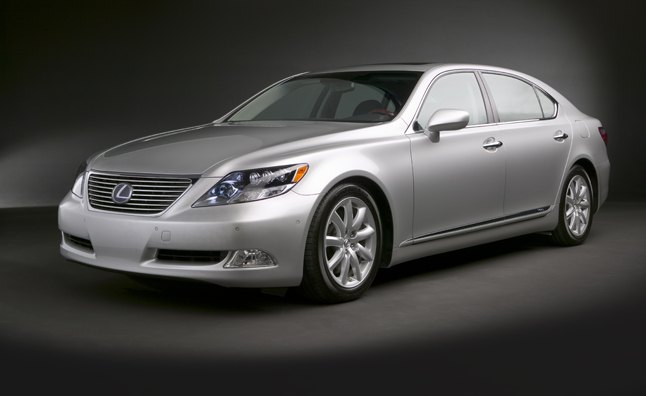

















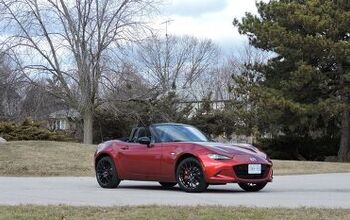


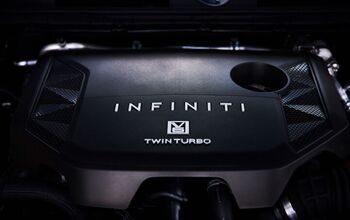
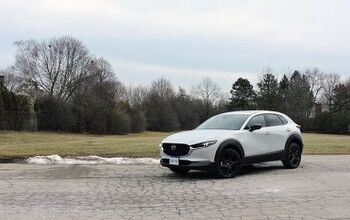



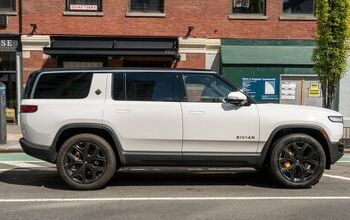



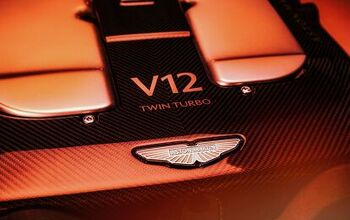
Comments
Join the conversation
A KIA with LEDs is still just a KIA.
LED Light strips looks more cleaner as awesome - Thanks Lumenstar Team